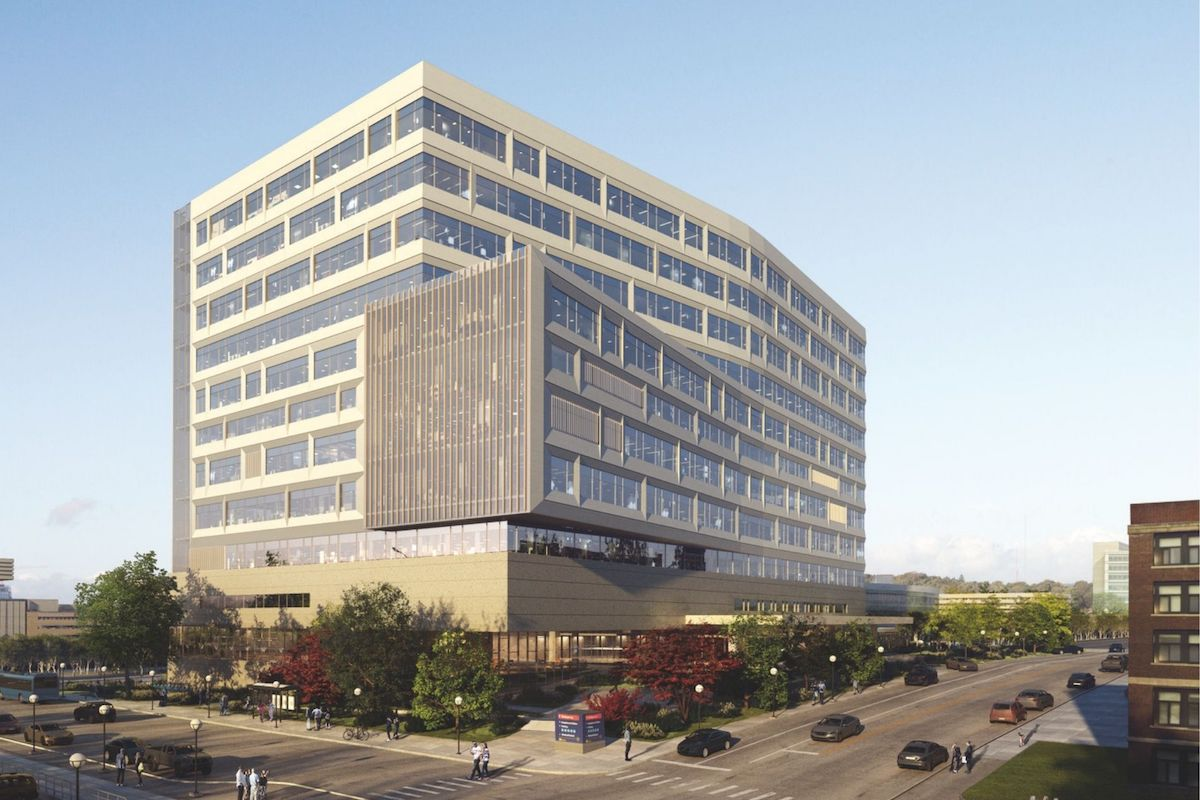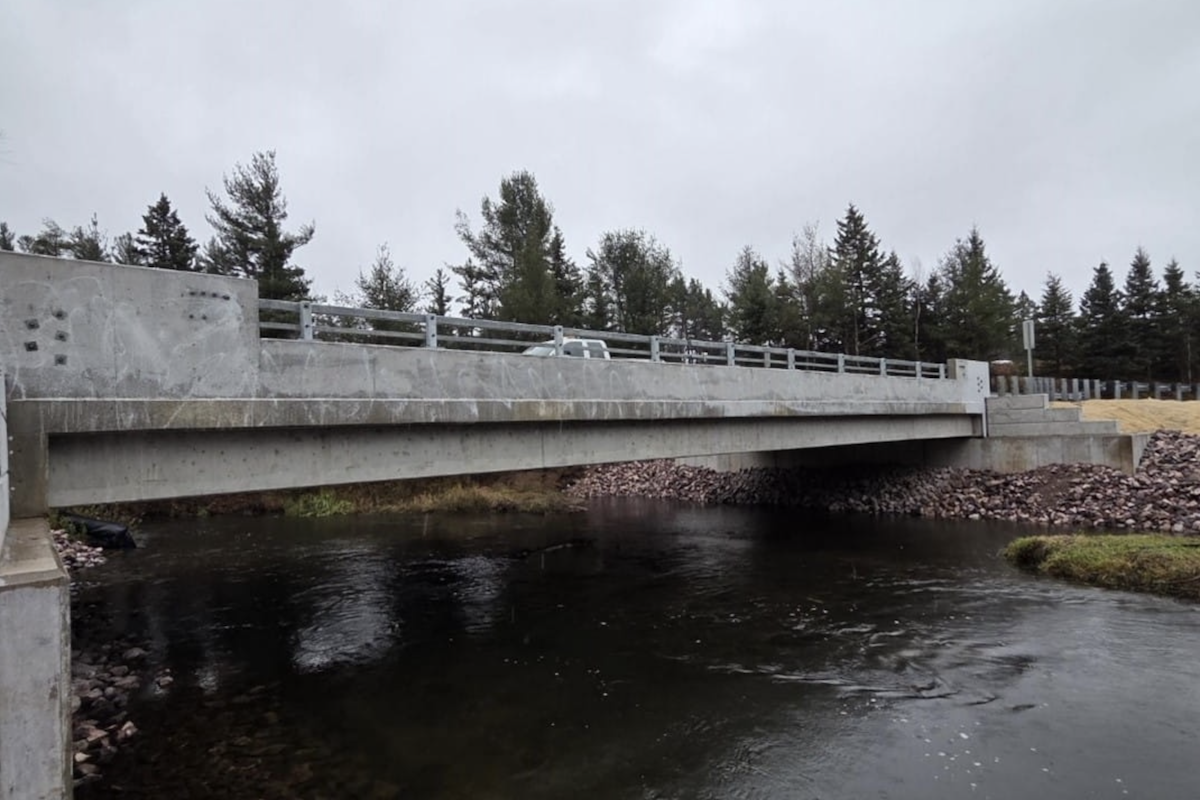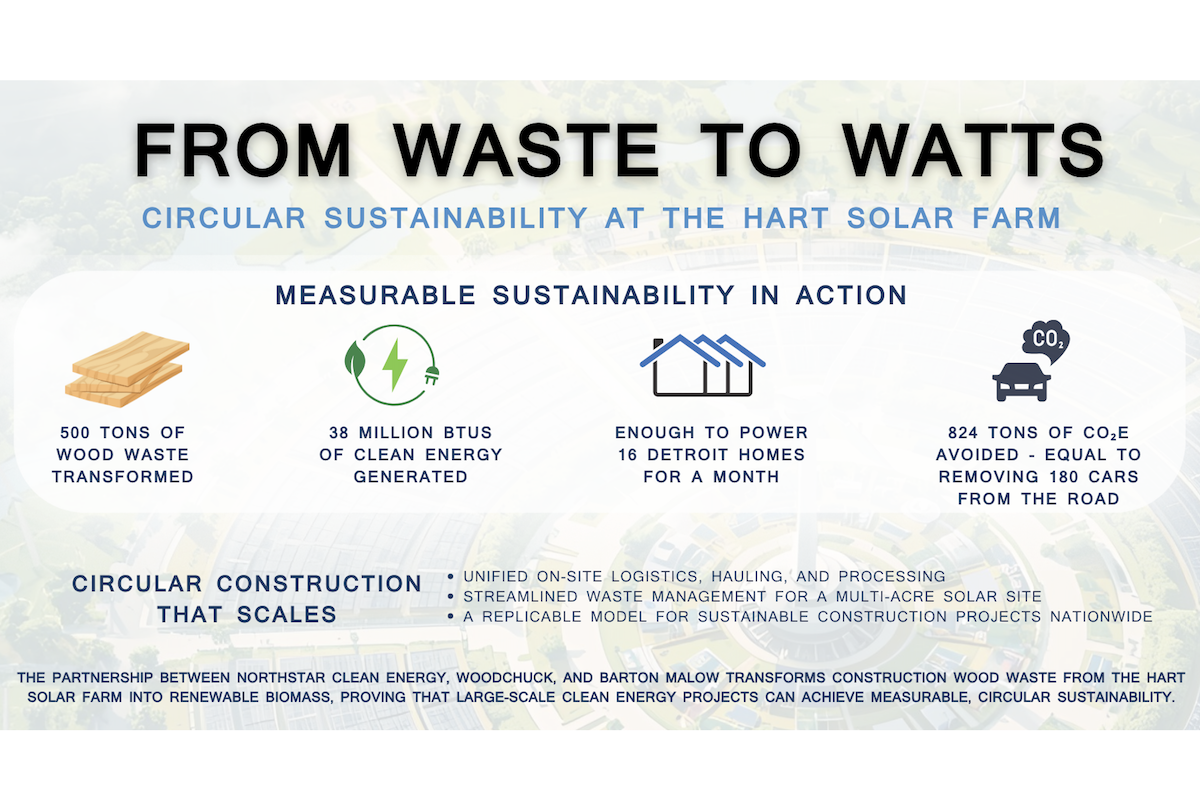With a daily average of 30 to 40 trains crossing the bridge and 100 maritime vessels traveling underneath it, the Salmon Bay Rail Bridge enables a multimodal transportation system and connects inland markets to major ports in Washington. For over 100 years, the bridge has been an essential component of commercial and recreational traffic, but certain mechanisms on the bridge have been starting to show signs of wear and fatigue. The frequent opening of the bridge to accommodate maritime access has placed stress on the trunnion bearings and counterweight.
“If, for whatever reason, the bridge was not operable over the next 25 years, it would have an impact of approximately $646 million,” said Johan Hellman, Public Affairs Director for the BNSF Railway, the owner of the bridge. “If you think about the impact of this bridge if we weren't able to utilize it, how would that freight get into northwest Washington and down west Washington? A lot of it would have to go on trucks. The additional miles and the additional fuel that would be used, it would have a tremendous impact on local roadways, local highways. It would have an environmental impact because rail transport is such an efficient way of moving and a safer way of moving.”
To extend the Salmon Bay Rail Bridge’s reliable service life by 50 years, BNSF proposed a rehabilitation project that will address the design flaws that created stress on the structure. Beginning in mid-2023, the $95-million project will rehabilitate the movable span of the bridge by replacing the counterweight, the counterweight truss, six of the eight bearings, and the counterweight links with steel members with a high resistance to fatigue. This innovative approach to bridge replacement will minimize disruptions during construction and allow spans to be replaced in 24 hours.
“The benefit to the region would be significant because it ensures safe and efficient transport of 30 to 40 trains a day, but also ensures maritime commerce can continue up and down the canal,” said Ron Pate, Director of WSDOT’s Rail, Freight, and Ports Division. “The idea is really to provide many more years of service for all of those trains and all of those ships that rely on it today. We want to do that with as little impact as possible during the construction and the rehabilitation phase.”

| Your local Deere & Co dealer |
|---|
| AIS Construction Equipment |
The rehabilitation strategy used for the Salmon Bay Rail Bridge will bring minimal operational, in-water, environmental, and community impacts while preserving the historical design of the bridge and maintaining a critical multimodal connection. When the project is complete in late 2026 or early 2027, it will save hundreds of millions of road and train miles and millions of gallons of fossil fuels; preserve a major waterway route; prevent carbon emissions; and save roads from added congestion.




































































